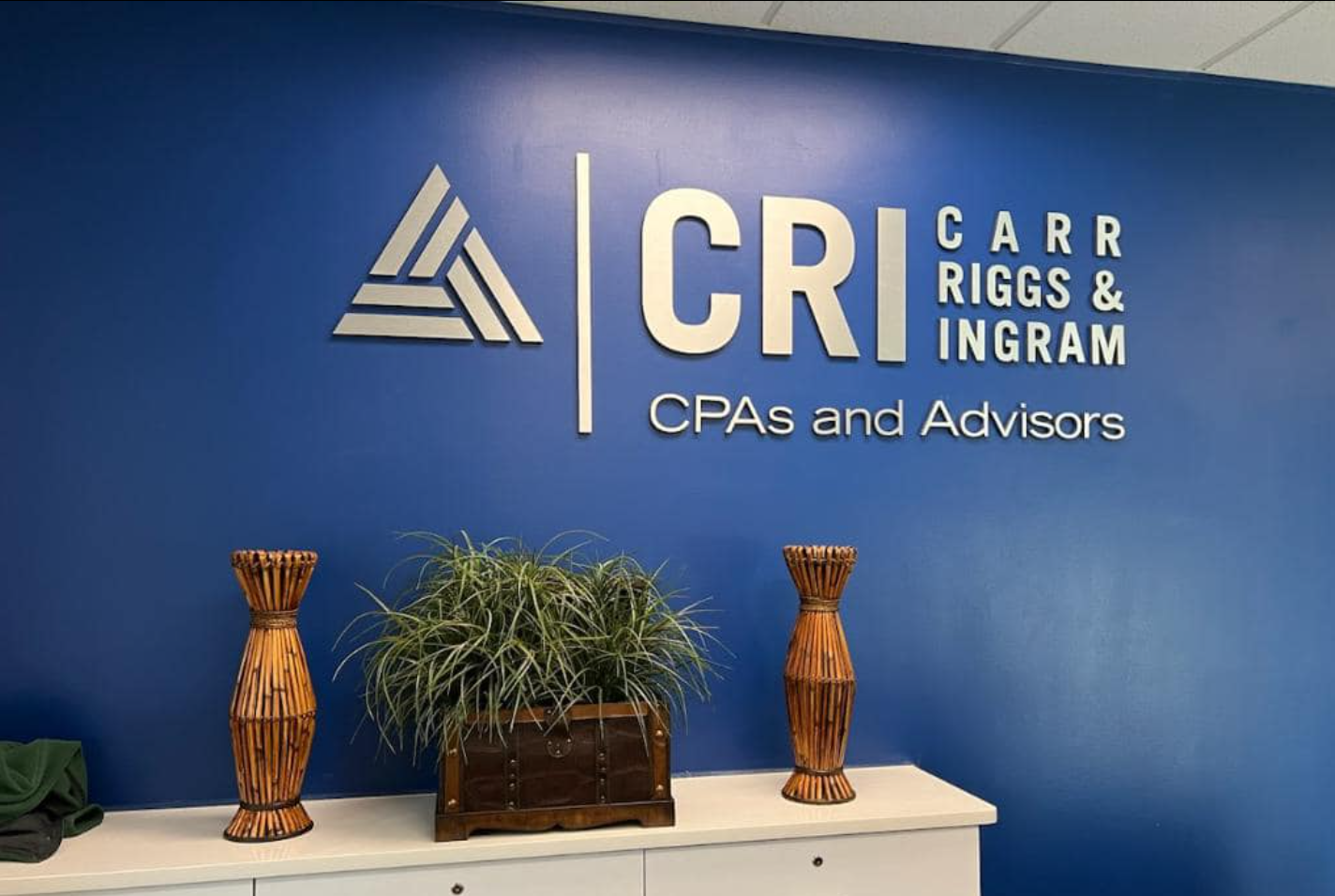Recently, I had the chance to discuss client transitions with one of our members, a leader from a Top 50 firm. They shared with me that two of their firm’s partners are retiring over the next year and a half. As a result, the firm is faced with transitioning more clients in the next 16 months than in the past ten years.
Many firms are in a similar situation, whether due to retiring partners, shifting ideal client profiles, or the need to align work with the appropriate levels of expertise.
Crafting an effective transition strategy isn’t just a procedural necessity but a strategic endeavor that can significantly impact firm growth, client satisfaction and service delivery. So, have you considered how you’ll transition these clients?
One-size transition plans don’t fit all clients
Your firm might have a form letter for announcing partner retirements or “firing” clients, but a one-size-fits-all approach fails to address clients’ diverse expectations and requirements during a transition.
The spectrum of client relationships necessitates varying degrees of communication and interaction. For some clients, an email or letter might suffice. For others, you might need to schedule a meeting to discuss a transition that will take place over months or years.
Recognizing the specific needs of each client relationship is the first step in crafting a transition plan that is both effective and sensitive to client expectations.
How to create an appropriate transition strategy
Here are a few tips to help your firm craft an appropriate transition strategy for different transitions.
Recognize the scope of future transitions
Many firms may not fully appreciate the extent of client transitions looming on the horizon.
When you look honestly at the next three to five years, it’s possible that a significant portion of the firm’s client base—potentially up to 80%—may require transitioning due to retirements, shifts in client strategy or the need to realign service delivery levels. Understanding this potential scope is critical for strategic planning and resource allocation.
Start early
For significant client relationships that demand a more personalized approach, it is crucial to initiate the transition process earlier than might seem necessary. Anticipating transitions—especially for those due to retirement—allows for a more thoughtful and seamless transfer of responsibilities.
Early planning ensures you have ample time to address any client concerns, align expectations and foster a sense of continuity for the client.
Position the new relationship as a gain
A pivotal aspect of a successful transition is how the outgoing individual positions the incoming professional. Emphasize presenting the new point of contact as credible and skilled and bringing complementary expertise to the table.
This repositioning is essential from the client’s perspective. It transforms the transition from a perceived loss to a tangible gain. While clients might still miss the relationship with their former point of contact, they’ll appreciate how the change will enhance the value they receive, whether through broader expertise, fresh perspectives or enhanced service offerings.
Leverage transitions as opportunities
Transitions offer a prime opportunity to reassess and redefine the client relationship. This could mean addressing long-standing exceptions to firm-wide processes, updating fee structures to reflect current value delivery or optimizing the service model to enhance profitability.
Such transitions provide a natural occasion to implement changes that might be more challenging to introduce outside of this context.
Ensure a smooth handover
For a transition to be perceived positively by the client, it helps to have the new advisor lead the engagement—in a client-facing capacity—for a while before the transition.
This familiarity can ease the transition process, making it a natural progression rather than a disruptive change. For example, if you know a partner is retiring in 2026, you might involve a manager in client meetings this tax season or have them act as the point of contact during this year’s annual audit.
This kind of strategic involvement during critical periods can help the client build a new relationship while also allowing them to feel comfortable knowing that the professional they’ve been working with for years is available if needed.
Creating an appropriate client transition strategy is a multifaceted process that requires careful consideration of individual client needs and strategic positioning of new relationships. By taking a proactive, personalized and strategic approach to client transitions, you can navigate future changes more effectively and enhance your value proposition to clients. The result? Fostering long-term relationships and driving firm success.
—
Jon Hubbard, Shareholder and Chief Growth Officer at Boomer Consulting, helps accounting firm leaders find success in the areas of leadership, talent and growth. Jon is a facilitator for the Boomer Leadership Academy, Boomer Talent Circle, Boomer Marketing and Business Development Circle, and the Boomer Operations Circle. He also guides firms to grow and be more effective in the areas of client service, marketing and business development.
Thanks for reading CPA Practice Advisor!
Subscribe Already registered? Log In
Need more information? Read the FAQs





![Jon-Hubbard[1]](https://www.cpapracticeadvisor.com/wp-content/uploads/2022/04/Jon_Hubbard_1_.5f3bedb329ec8.jpg)